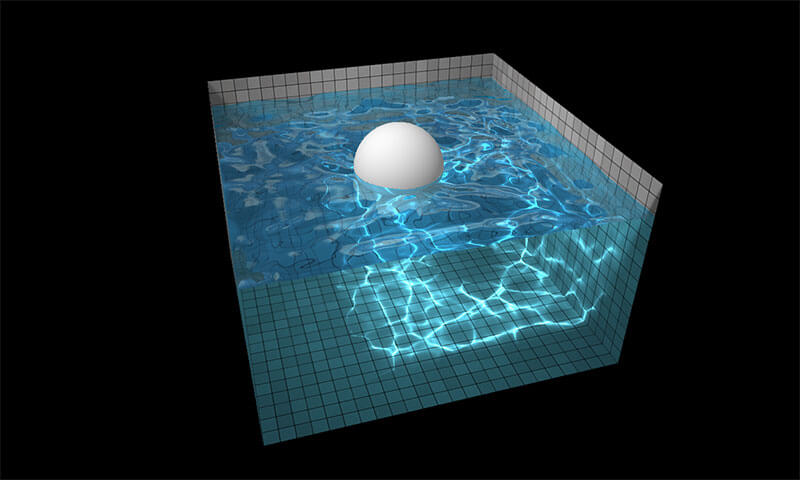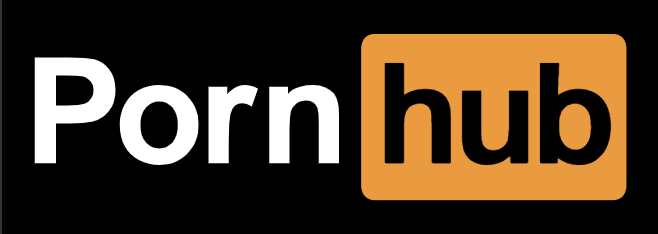Quick Dojo Setup Snippet for MooTools Developers
We're all used to aliasing methods within our favorite JavaScript frameworks. For example, you'll see the following pattern within jQuery:
(function($) {
//your jQuery here, referenced by $
})(jQuery);
You may also see the following pattern within MooTools code:
(function($) {
//your MooTools here, referenced by $
})(document.id);
Within the Dojo community I frequently see the following pattern:
;(function(d, $) {
//your dojo here, selector engine referenced by $
})(dojo, dojo.query);
I love that pattern but I've created my own that I think will be a bit easier for MooTools developers looking to use Dojo:
;(function(d, $, $$) {
//your dojo here
//byId referenced by $
//selector engine referenced by $$
})(dojo, dojo.byId, dojo.query);
While the $$ method is unique to MooTools, Dojo features both a byId method to get a single node and a query method to retrieve multiple nodes. You could just as easily retrieve one element with dojo.query but I like the security (and speed) that associating $ with byId gives me.





Wonderful, Mr Walsh!
Man, sorry to bother, but why did you change the layout of the Code? Now is almost illegible.
(Sorry if I have bad English, I’m kinda rusty)
@CarlitoS: Not sure what you mean.
What’s with the semicolon in the front of the last two code snippets?
@Joe: It’s a built-in safety for if there’s no “;” on the previous line. Learned that from Dojo Lead Pete Higgins.
What I meant was that earlier you used to have the code inbetween frames with gray backround. Now the code is over white background and the font color is like gray 35%. Also the size looks like 4 points, I wear glasses but still is hard to read it. Thanks!
@CarlitoS: Ahhh, the comments in the syntax highlighter. I’ll address that soon.